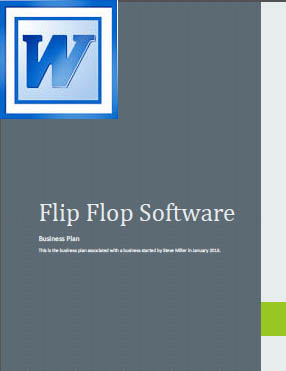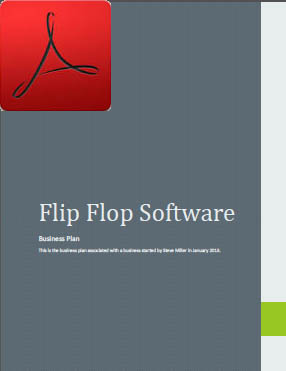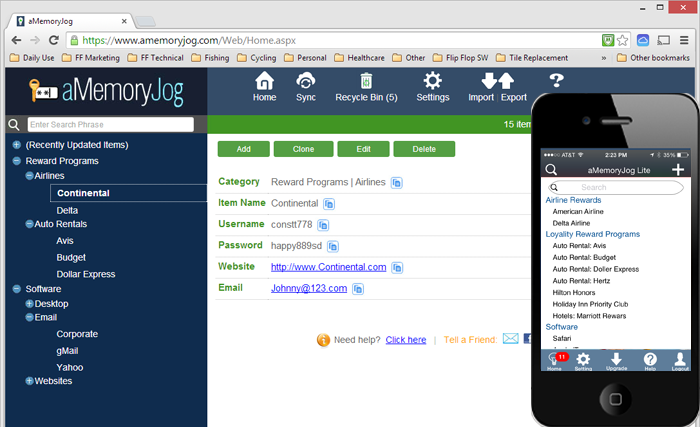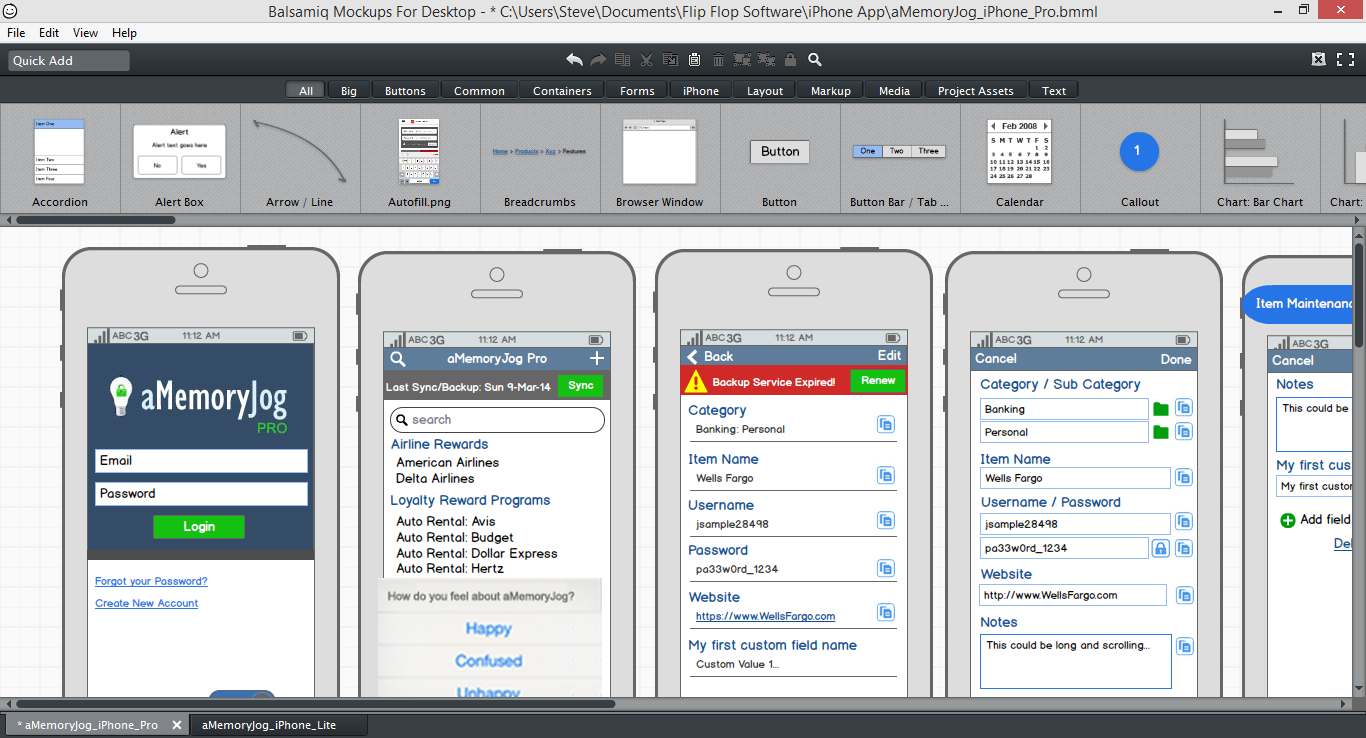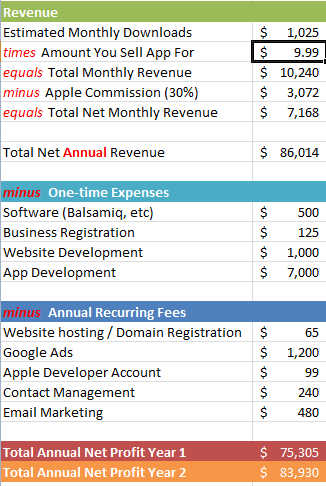In prior posts, I discussed many of the things to consider when developing a business plan for starting an #appreneur business. It is now time to put the finishing touches on the business plan.
A man who does not plan long ahead will find trouble at his door. – Confucius
If you missed any of my prior posts, quickly access them from here:
- Build a mobile app business working 2 hours a day?
- What app should I build?
- Defining your apps competitive advantages
- Is your app idea financially viable?
- How will you monetize your app?
- Using Alexa to determine your user demographic
- 15 marketing activities to consider for your app
Do Not Wear Rose Colored Glasses
Before committing money to any business, it is important to create a business plan. When doing this, don’t wear rose colored glasses. Too many people come up with an idea and convince themselves that it is a good idea without any objective analysis. If they do commit to doing a business plan, they skew their analysis to support their idea that the business is viable instead of objectively analyzing competitors, attainable market share, and overhead costs. This is a great way to lose money.
How Can We Reduce Risks of Losing Money?
The best way to reduce the risks of losing money on a business venture is to go into the business planning with skepticism as to whether your business idea is worthy of investing in. Only after careful analysis of the market space, competitors and costs do you decide if the idea is worth investing in. If your analysis tells you that it is not financially viable — don’t waste your time and money! Go back to the drawing board and look for another idea that has reduced risks.
If your idea does look like it has legs (is viable), commit a certain amount of funds towards it, based on your startup analysis. Then when you commit those funds, keep an eye on your expenses. If your revenue is not what you expected or if your costs greatly exceed your projections, define a monetary threshold you will not exceed and if you do — shut it down! Pouring tons of money on a bad idea is a great way to go broke!
Anatomy of a Business Plan
OK, now that I’ve scared the hell out of you, you probably figured out that I am really just describing how important the business planning process is. Skip it and you will most likely fail. Go into with a biased optimism can also cause you to fail.
Go into it with open eyes and analyze everything you can so that you can make the best decision possible regarding the viability of your idea. In the past months, I’ve been feeding you blogs that described different parts of business planning.
Now it’s time to put all of this information into a document. Here are the sections I normally include in a business plan:
- General Company Description – This contains your mission statement, goals and objective, business philosophy, user demographic, industry information, company strength/weaknesses, and legal form of ownership.
- Products and Services – Describes your product /services offered.
- Marketing Plan – Describes your product features / benefits, customer profile, competitor revenue analysis, branding elements, the niche you are pursuing, marketing strategy, a description of the sales process and follow up, marketing budget, how you will price the product, a sales forecast for the first 2 years, and timelines.
- Operational Plan – Describes your production and maintenance plan, business location, legal environment, personnel plans, inventory process, accounting procedures, general marketing approach, competitive matrix, startup and expenses and capitalization.
Rather than go into each of the above items in ad nauseum, I find it easier to simply give you an example of the business plan I built for aMemoryJog. Of course, I hide our competitor list, as this proprietary, but you will understand the thinking that went into the analysis. Below are 2 versions you can use, an MS Word and a PDF edition:
- MS Word Version: http://www.aMemoryJog.com/BusinessPlan_Sample.docx
- PDF Version: http://www.aMemoryJog.com/BusinessPlan_Sample.pdf
Related article: How to Build a Product Website for your App
Conclusion
Now we have a very good understanding of how to analyze our business idea and to create a business plan to determine if it is viable. My next blog will be out in a couple of weeks — I will discuss how develop a specifications document that you can hand off to a consultant to get the best price for developing your app.
Shameless Plug
The app I am creating is slated for production in the App Store around July or August 2014. However, the web edition is already available at http://www.aMemoryJog.com. Once the app is done, it will seamlessly sync with the web version.
Download a free trial and check it out!
Also, if you like this blog, please share it with others to increase our following. Our twitter account is @2HourAppreneur and be sure to like my Facebook page at http://www.Facebook.com/2HourAppreneur.
Thanks for following the blog!

